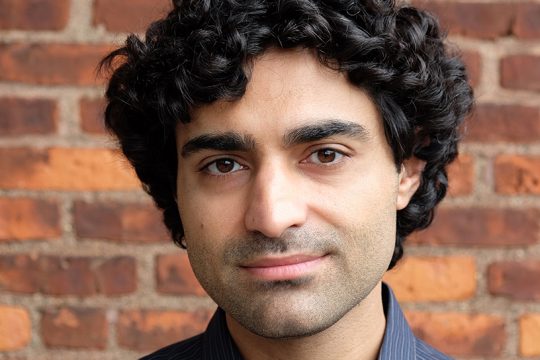The goal of the Meffert lab is to gain a mechanistic understanding of how selective gene programs are recruited and maintained to modify the nervous system during development, experience-dependent plasticity, and in injury or disease. Rather than focusing on...
Our research seeks to better understand dynamical biological processes, such as embryonic development and brain activity, by recording cells’ experiences in their genomes. To accomplish this objective, we develop: (A) molecular technologies that write cellular experiences into their nucleic...
My lab is focused on understanding fundamental mechanisms involved in brain development and brain function with an emphasis on how dysfunction in these mechanisms can result in neurodevelopmental and psychiatric disorders. By focusing on key developmental genes that are...
Even among similar cell types, differences in synaptic connectivity and activity patterns render these populations functionally and molecularly distinct. While early cell type-specific investigations obtained molecular profiles on the basis of cell-type markers, molecular genetic tools now allow researchers...
MECHANOTRANSDUCTION AND AUDITORY PERCEPTION Hair cells in the inner ear are mechanosensors for the perception of sound and head movements. Sound signals directly activate mechanically gated ion channels in hair cells, leading to hair cell depolarization and the release...






